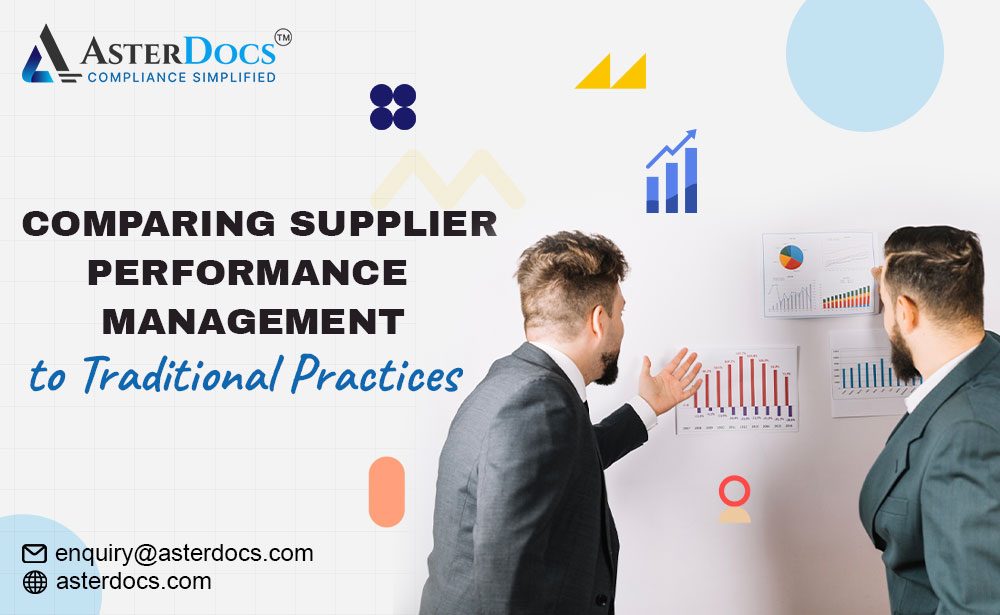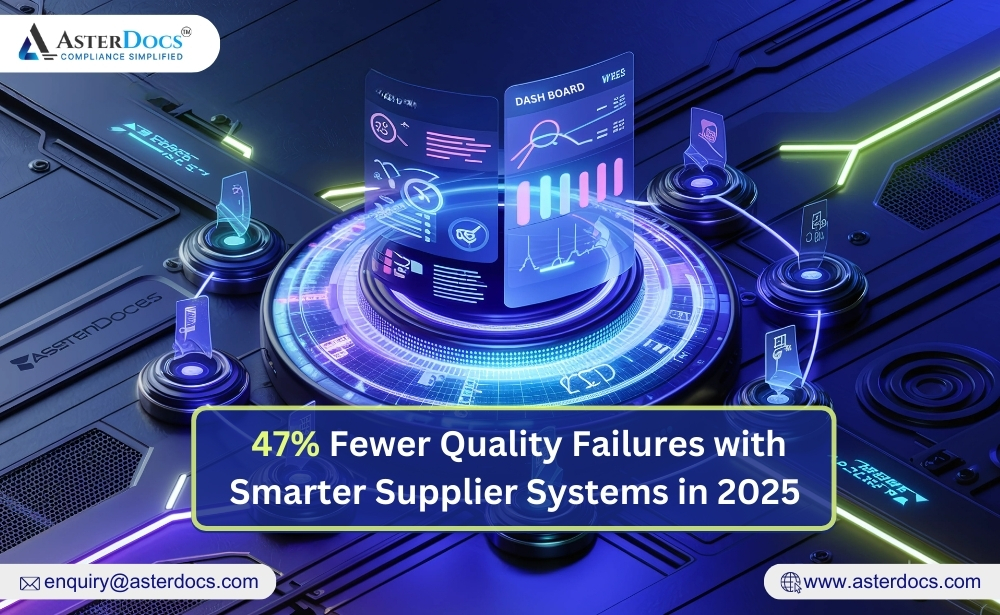Effective supplier management is a linchpin for success in the fast-paced world of modern business. It ensures that suppliers deliver on commitments, maintain quality standards, and align with your business goals. Traditionally, managing suppliers involved manual processes and fragmented tools, but now, Supplier Performance Management (SPM) software has emerged as a game-changer. In this blog, we’ll conduct a comparative analysis of Supplier Performance Management and traditional methods, highlighting the transformative benefits of SPM software.
Understanding Supplier Performance Management (SPM)
Supplier Performance Management, often abbreviated as SPM, is a holistic approach to supplier management. It leverages technology, data, and analytics to assess, monitor, and enhance supplier performance. SPM software provides a centralized platform where businesses can evaluate suppliers based on key performance indicators (KPIs), track their performance over time, and collaborate for continuous improvement.
Traditional Methods: The Manual Approach
Before delving into the advantages of SPM software, let’s glance at the traditional supplier management methods. These methods typically involve manual processes, spreadsheets, emails, and disparate tools.
Here’s a snapshot of how traditional supplier management compares to SPM:
Data Collection and Analysis
Traditional: Gathering supplier data is time-consuming and relies on manual data entry. The analysis is challenging due to data fragmentation.
SPM: Automated data collection and analysis provide real-time insights into supplier performance, enabling data-driven decision-making.
Performance Tracking
Traditional: Tracking supplier performance over time requires constant manual effort, making it prone to human errors and delays.
SPM: SPM software automates performance tracking, offering historical data and trend analysis to identify areas for improvement.
Communication and Collaboration
Traditional: Communication with suppliers relies on emails and phone calls, making it challenging to maintain transparency and accountability.
SPM: SPM software offers a collaborative platform for transparent communication, issue resolution, and goal alignment.
Risk Management
Traditional: Identifying and mitigating supplier risks can be reactive, as risks are often discovered after issues arise.
SPM: SPM software enables proactive risk identification and management, reducing the impact of potential disruptions.
Supplier Evaluation
Traditional: Supplier evaluations can be inconsistent and subjective, as they depend on individual assessments.
SPM: SPM software standardizes the evaluation process, ensuring objectivity and consistency.
Advantages of Supplier Performance Management Software
Now that we’ve highlighted the limitations of traditional methods let’s explore the transformative advantages of SPM software:
- Real-Time Data Insights: SPM software provides real-time visibility into supplier performance metrics. It offers dashboards and reports that give businesses a clear picture of supplier performance, enabling prompt decision-making.
- Improved Collaboration: SPM software fosters collaboration between businesses and suppliers. It provides a secure platform for sharing information, addressing concerns, and working together to enhance performance.
- Risk Mitigation: SPM software integrates risk assessment modules, helping businesses identify and mitigate potential risks associated with suppliers. This proactive approach minimizes supply chain disruptions.
- Data Accuracy: Automation in SPM software reduces data entry errors, ensuring that businesses make informed decisions based on reliable data.
- Performance Tracking and Trend Analysis: SPM software offers historical performance data and trend analysis, enabling businesses to identify areas for improvement and set realistic goals for suppliers.
- Scalability: As businesses expand, SPM software scales to accommodate new suppliers and evolving needs, ensuring consistent supplier management practices.
- Compliance: SPM software helps businesses adhere to industry regulations and standards, reducing compliance risks and potential penalties.
- Enhanced Supplier Relations: Transparent communication and collaboration in SPM software strengthen supplier relationships, promoting mutual understanding and trust.
Elevate Supplier Management with AsterDocs: Your Ultimate Solution
Explore the capabilities of AsterDocs, a cutting-edge supplier qualification software meticulously crafted to empower modern businesses. By seamlessly streamlining supplier management, risk identification, and collaboration across your supplier network, AsterDocs transforms your approach. Be prepared to proactively anticipate and manage risks, ensuring robust supply chain resilience, and fostering sustainable growth.
Conclusion: The Power of Supplier Performance Management
Supplier Performance Management software has become a business strategic asset in the digital transformation era. It streamlines supplier management, enhances collaboration, mitigates risks, and provides data-driven insights for informed decision-making. While traditional methods have their place, SPM software catalyzes efficiency, transparency, and sustainable supplier relationships. As businesses navigate increasingly complex supply chains, embracing SPM software can be the key to staying competitive and resilient in the ever-evolving marketplace.













